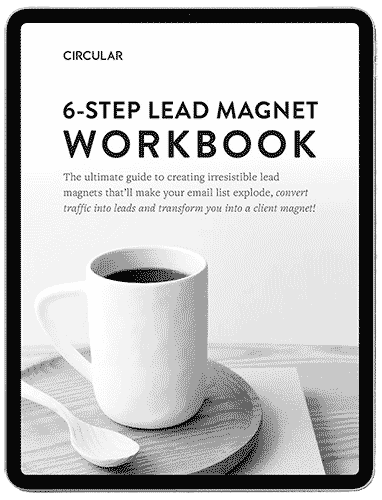Neurofeedback for Depression Murray UT
I used to think feeling mentally ‘stuck’ was just a part of adult life here in Murray, something you just push through. You know the feeling. You’re doing everything you’re supposed to going to work, taking care of family, managing all the responsibilities but the color just feels drained from life. It felt like I was just going through the motions, and that deep sense of motivation and happiness was always just out of reach. It was exhausting.
But what if your brain could be gently guided back to a brighter, more motivated state? In this article, I’ll share the most profound shift I’ve seen in depression treatment, neurofeedback. We’ll cover what it is, how it helps, and answer some of those tough questions you’ve probably been wondering about.
When Your Brain’s “Stuck” in a Low-Energy Loop
Feeling depressed isn’t a weakness or some kind of character flaw. It’s so much more than just “feeling sad.” Often, it’s a sign that your brain is stuck in a pattern, a kind of low-energy loop. This can make it hard to get motivated, sap your emotional resilience, and make every little task feel like a huge effort. I’ve talked to so many people who feel this way, and they all say it feels like their inner engine has just run out of gas. According to the National Institute of Health, depression is a common but serious mood disorder that affects how you feel, think, and handle daily activities. (1) It’s a real biological state, and the exciting part is, we can now work with your brain directly to change it.
What Is Neurofeedback and How Can It Help Depression?
So what is this neurofeedback thing anyway? Think of it like a personal trainer for your brain. It’s a non-invasive and gentle therapy that helps your brain learn to function more efficiently. During a session, we place a few sensors on your scalp to listen to your brainwave activity. This isn’t putting anything into your brain, it’s just reading the signals. That information is then shown back to you as simple feedback, like a video game or sounds. Your brain naturally wants to make the game play or the sound continue, and in doing so, it starts creating new, healthier brainwave patterns. We can target the specific sluggish networks associated with depression, helping to boost your mood and motivation. For folks here in Murray UT feeling the weight of our busy seasons, this can be a game-changer.

Is Neurofeedback the Right Therapy For You?
One of the big questions people have is, will this work for me? Neurofeedback is safe for the vast majority of people, from children to adults. The only real way to know for sure is to have a conversation and an initial assessment. It’s not a good fit for individuals with certain severe psychiatric conditions without a doctor’s clearance, but that’s rare. People also ask how many sessions it takes. This isn’t an overnight miracle, but a steady journey toward feeling like yourself again. Most people start to notice shifts within the first several sessions, with more lasting change happening over a few months. In-depth articles from Psychology Today often explore how different therapies suit different people, and neurofeedback is a powerful tool in that toolbox. (2)
Taking the First Step is Easier Than You Think
I get it, life is busy. Finding time for yourself feels impossible, and starting something new can be intimidating. That’s why we make the process here as straightforward and respectful of your time as possible. The sessions themselves are calm and relaxing. You just sit back and let your brain do the learning. This isn’t about dredging up the past in painful detail, it’s about training your brain to live more fully in the present. The Mayo Clinic explains that seeking treatment is a crucial step toward recovery, and that first step is often the hardest. (3) But you dont have to have it all figured out to begin. You deserve to feel better. If you’re ready to see if this is the breakthrough you’ve been looking for, let’s talk. You can schedule a consultation with us today.

Frequently Asked Questions
What type of therapy is best for depression?
There are many good therapies. What works best is really personal. Some people do great with talk therapy, while others find new technologies like neurofeedback create the biggest shift. It’s about finding the right fit for your brain and your needs.
Are there people who shouldn’t do neurofeedback?
Most people can do it safely. But it’s always best to start with a consultation. We need to make sure it’s the right approach for what you’re going through. Your safety and comfort come first.
How many neurofeedback sessions are needed for depression?
This varies from person to person. You might feel small changes pretty quickly, but a typical course is around 20 to 40 sessions. The goal is to create lasting change in your brain’s patterns.
What does a neurofeedback session cost?
The cost can vary. The best way to understand the investment is to schedule a consultation. We can talk about session fees, packages, and what you can expect.

